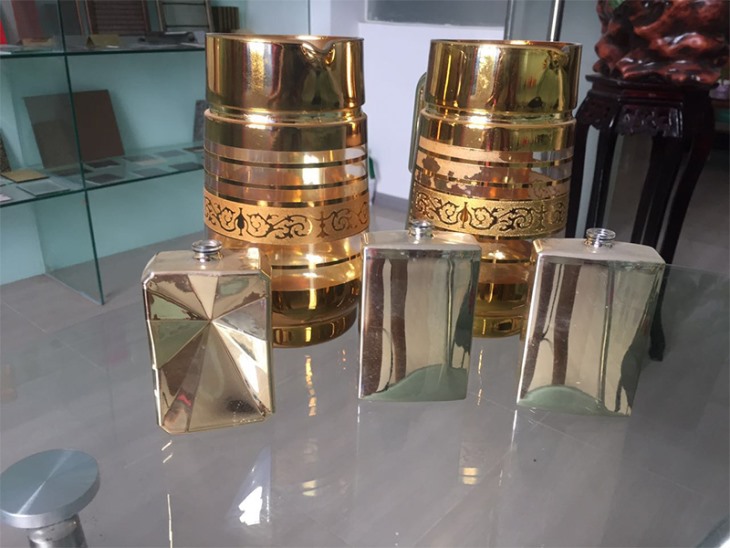The products we usually use are mostly smooth and smooth, and look very beautiful. In fact, this is applied to the surface of vacuum electroplating varnish. It has a good surface protection effect, but in application. When this kind of varnish is used, there are some problems caused by various reasons, so what are the problems? Today's Xiaobian will share with you some of the more common problems of electroplating varnish .
The glare is unstable because the amines listed in the vacuum electroplating varnish become. A new method of controlling the viscosity of the varnish is adopted. If the varnish and the varnish used do not match, the varnish must be changed. The formula of the crepe varnish.
The consequences of glazing are not stable: the consequences of glazing are not stable, which is a major problem for many flexo companies. In the flexographic printing process, in order to make the viscosity of water-based varnish combined, it is necessary to include a certain amount of amines into the vacuum electroplating varnish. Although it can effectively mediate and combine the viscosity of varnish, some amines Substances can have a negative impact on the curing consequences of vacuum electroplating varnish.
The film is too soft: fingerprints are often invented on the printed product after glazing, especially when the black ink is full. Why would such phenomenon happen? This is because a small amount of auxiliaries are added to the vacuum plating varnish to improve varnish function, such as defoamer. Leveling agents, etc., these factors are not added to the curing cross-linking sound.
Their final syllabus will be received by the substrate, and the stalk will migrate to the surface of the coating after curing. If a factor in the vacuum plating varnish is not settled in the coating, it will migrate directly to the surface of the coating and form an uncured thin layer, leaving a distinct fingerprint when the fingers are not alert. . When encountering such problems. The key is to ensure that the coating is completely dry and that the residue migrates to the surface of the coating.

Related News
- What is the difference between waterborne glass paint and oily glass paint?
- Bubble problem in waterborne metal paint film formation
- Waterborne metal paint construction process
- Do you know the reason why glass lacquer can extend the life of log furniture?
- On the colored road, the old driver takes you on the road! Guangzhou Tianmai supply color wear-resistant pavement coating
- Characteristics and construction process of water-based crack paint
- In the hot summer days, the colored pavement will provide you with “heat and heat”. Guangzhou Tianmai supplies colored wear-resistant pavement paint.
- Waterborne glass paint type and application precautions
- How to apply water-based crack paint? Tianmai Chemical will solve your problems!
- Can epoxy anticorrosive paint be used outdoors?
- Electroplating varnish: four effective ways to remove paint odor
- Do you need a imported curing agent for the acrylic rubber sealant on a colored road?
- What is the difference between waterborne metallic paint and general antirust paint?
- Waterborne crack paint manufacturers share the formulation of waterborne coatings
- Is the bottle paint toxic and harmful to human health?
- Metal paint manufacturers wish you a happy Chinese New Year
- Chemical factors affecting bond strength of epoxy antirust paint
- Double propylene polyurethane sealant: characteristics of permeable concrete
- Analysis of the use of epoxy floor paint
- Difficulties in the production and construction of water-based glass wine bottles

